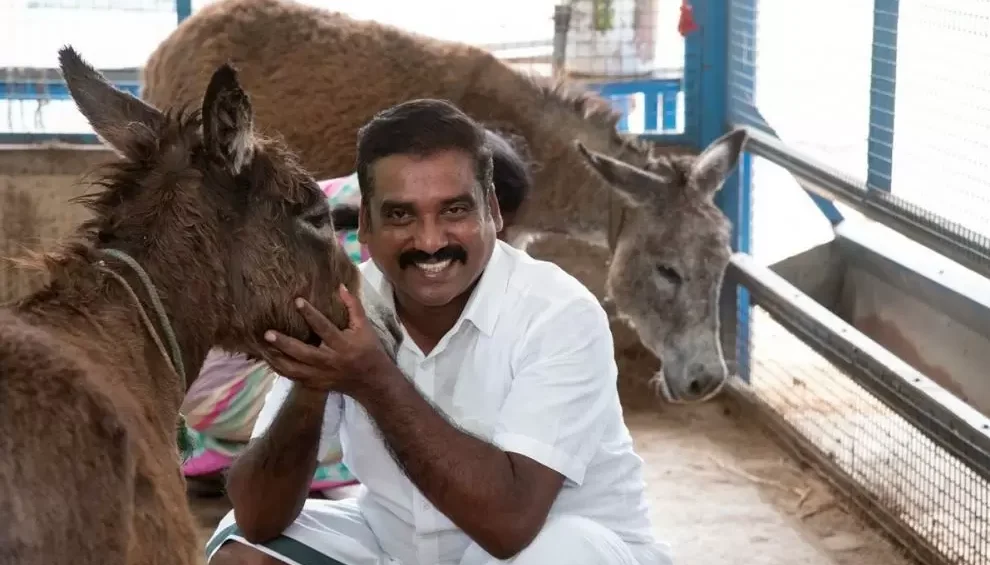Based on an insightful post by Harsh Agarwal on LinkedIn
India’s chewing tobacco market, currently valued at $1.7 billion, continues to expand at a steady 5% annually, fueled by mass-market demand, celebrity endorsements, and deeply rooted cultural habits. Yet behind the flashy ads and glitzy packaging lies a crisis of public health, hygiene, and infrastructure degradation that few policymakers dare to confront.
The Real Cost of Spit Culture
While tobacco consumption in any form poses grave health risks, chewing tobacco, typically in the form of gutkha, paan, or khaini, brings with it a unique set of socio-economic and infrastructural challenges in India:
- Infrastructure Erosion: The iconic Howrah Bridge in Kolkata, a national engineering marvel, has seen serious corrosion at its base, not from natural wear but from the acidic chemicals in gutkha and paan spit. The metallic base is slowly being eaten away by the continuous exposure to this toxic residue, according to reports by the Kolkata Port Trust and civil engineers.
- Railway Expenditure: The Indian Railways spends ₹1,200 crore annually almost $144 million, just to clean up spit stains from trains and stations, according to official estimates. Walls, stairways, and train compartments routinely bear the crimson stains of chewed tobacco.
- Public Health Crisis: India has the highest number of tuberculosis (TB) cases globally, at over 3 million annually, as reported by the World Health Organization (WHO). While TB is airborne, oral tobacco use is a known risk factor that weakens immunity, damages oral tissues, and exacerbates the spread of infections through spitting in public spaces.
Why Not Just Ban It?
Given the obvious health and hygiene hazards, the question often arises, why doesn’t the government ban chewing tobacco entirely? The answer, unfortunately, lies in the complex socio-economic web woven around this industry.
An estimated 20 million Indians from farmers to factory workers to street vendors are directly or indirectly employed by the chewing tobacco sector. For many, it remains a lifeline in rural and semi-urban India. A blanket ban would not just disrupt the supply chain, but risk pushing millions into poverty.
Moreover, bans in the past, such as state-wise gutkha bans in Maharashtra, Bihar, and Tamil Nadu, have often been circumvented by black markets or repackaged variants.
A Swedish Alternative: Snus
Here’s where an innovative international model comes into play. In Sweden, a country with one of the lowest tobacco-related cancer rates in Europe, a smokeless tobacco product called Snus is widely used.
What is Snus?
- A moist, smokeless tobacco pouch placed under the upper lip.
- Requires no chewing and no spitting.
- Delivers a nicotine hit without the oral damage or unhygienic side effects associated with gutkha.
- Regulated under stringent guidelines, reducing health risks compared to traditional forms.
Public health researchers from the Karolinska Institute have found that Snus carries significantly lower risks of oral cancer and has contributed to Sweden’s record-low smoking and tobacco-related mortality rates.
Can India Shift to a Modified Product?
A move to introduce non-spit, non-chew smokeless alternatives could be a middle path between a total ban and the current unchecked scenario. Here’s what a phased solution could look like:
- Product Innovation: Encourage Indian FMCG and tobacco companies to develop Snus-like products suited for Indian tastes and regulations.
- Public-Private Partnerships: Collaborate with public health institutions and private manufacturers to fund R&D into safer, non-spitting tobacco products.
- Behavioral Campaigns: Launch awareness programs to shift consumer habits, from spitting to non-spitting use.
- Regulatory Encouragement: Provide policy incentives for the production and sale of low-harm alternatives, while taxing harmful traditional variants.
- Livelihood Transition Support: Implement skill development and livelihood transition programs for workers who may be displaced by a shift in product formats.
The Road Ahead
India has successfully executed large-scale health interventions before, think pulse polio, COVID-19 vaccinations, or even toilet access through Swachh Bharat. The chewing tobacco crisis, though culturally complex, is ripe for a health-first, innovation-driven solution.
Adapting a product like Snus to the Indian market could provide a less harmful alternative, reduce spit-related damage to infrastructure, and ease the public health burden, all without abruptly displacing millions of livelihoods.
As Harsh Agarwal aptly questioned in a viral LinkedIn post, “Could India shift in this direction?” Perhaps, the better question is, what’s stopping us?
Also Read: Karagiri: Stitching India’s Heritage into the World’s Wardrobe























